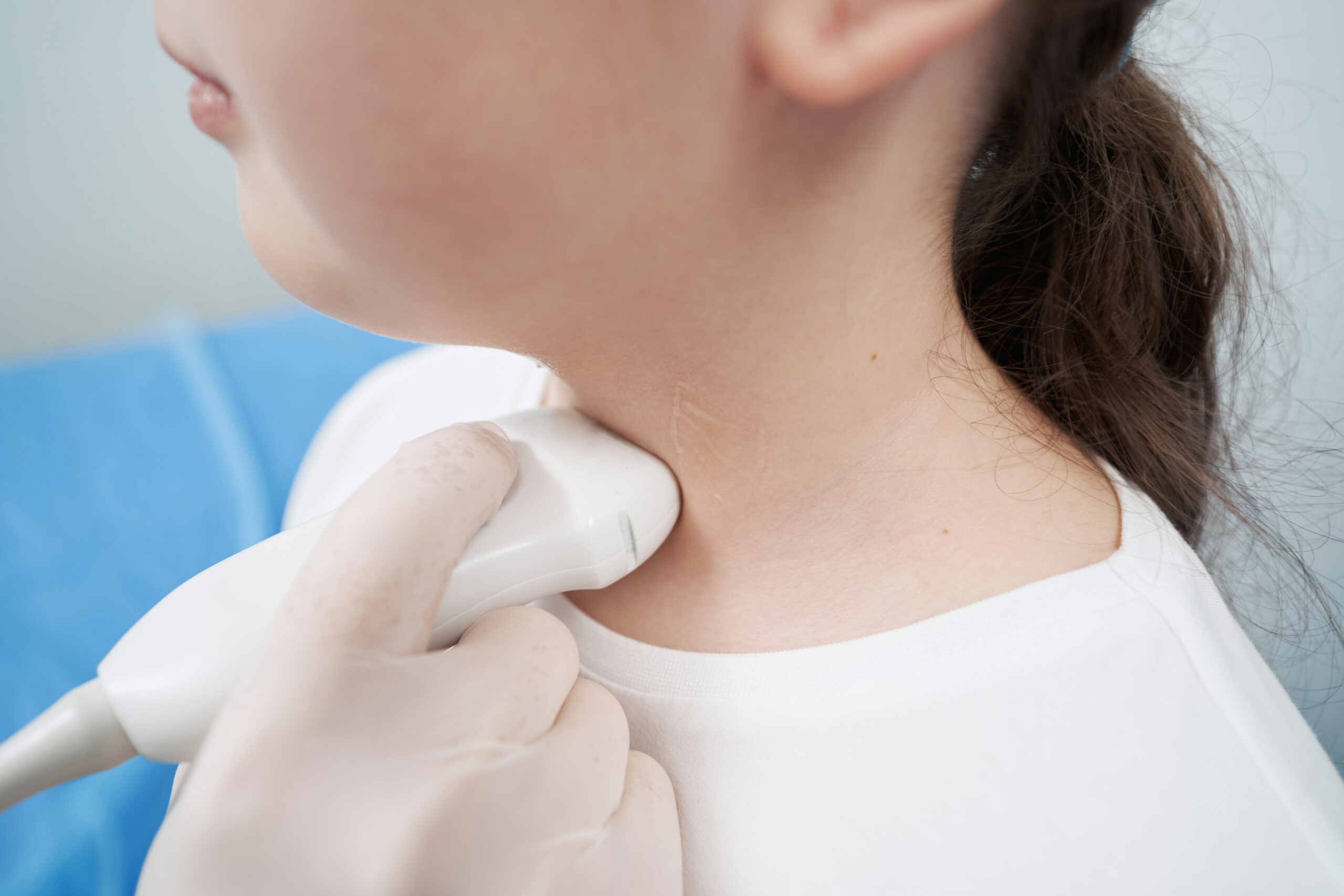A recent study led by Yale University researchers has uncovered a troubling connection between early-life exposure to air pollution and artificial light at night and an increased risk of pediatric thyroid cancer, especially among teenagers and Hispanic children.
🧪 What Did the Study Find?
The research, published by a team from Yale’s School of Public Health and other institutions, studied 736 children and teens diagnosed with papillary thyroid cancer and over 36,000 matched control participants. All participants were from California.
The two major pollutants studied were:
- PM2.5 (fine particle air pollution) – commonly found in smoke, vehicle exhaust, and industrial emissions.
- O-ALAN (Outdoor Artificial Light At Night) – caused by excessive streetlights, billboards, and other urban lighting.
Using advanced satellite and geospatial mapping, researchers estimated the exposure levels of each child based on their birth location.
📌 Key findings:
- Every 10 micrograms per cubic meter increase in PM2.5 exposure raised the odds of thyroid cancer by 7%.
- Children exposed to high levels of outdoor light at night were 23–25% more likely to develop thyroid cancer.
- Risk was especially high among teens aged 15–19 and Hispanic children.
🧠 Why Is This a Concern?
Thyroid cancer is one of the fastest-growing cancers in children and adolescents. However, its causes in younger populations have remained unclear. This study is the first large-scale research suggesting that early-life exposure to environmental pollutants may be a major factor.
Children diagnosed with thyroid cancer often face:
- Larger tumor sizes at diagnosis
- Long-term side effects like fatigue, hormone imbalance, and anxiety
- Disruption of education, employment, and social life
🌍 Environmental Justice Matters
Communities of color and low-income populations often face higher levels of pollution, both from air and light sources. This could help explain why Hispanic children in the study showed higher risks.
As emphasized by Dr. Nicole Deziel, the lead researcher, this points to a critical need for environmental protection, especially in vulnerable communities.
This study highlights the importance of:
- Creating educational content on childhood environmental risks
- Promoting preventive health practices through digital platforms
- Building awareness about environmental health in pediatric care
As doctorpreneurs, staying updated on research like this helps us design better healthcare solutions, educate our audience, and advocate for cleaner, safer environments.
📣 Final Thoughts
This research adds strong evidence that pollution isn’t just harmful to lungs or skin — it can silently affect our hormones and increase cancer risk, even in newborns and infants. The time to act is now.
👉 Want to lead healthcare change and build your digital presence?
Join The Doctorpreneur Academy today to access resources, mentorship, and strategies to turn your medical knowledge into meaningful impact.
🔗 Visit The Doctorpreneur Academy to get started!
👉 To register for our next masterclass, please click here https://linktr.ee/docpreneur




